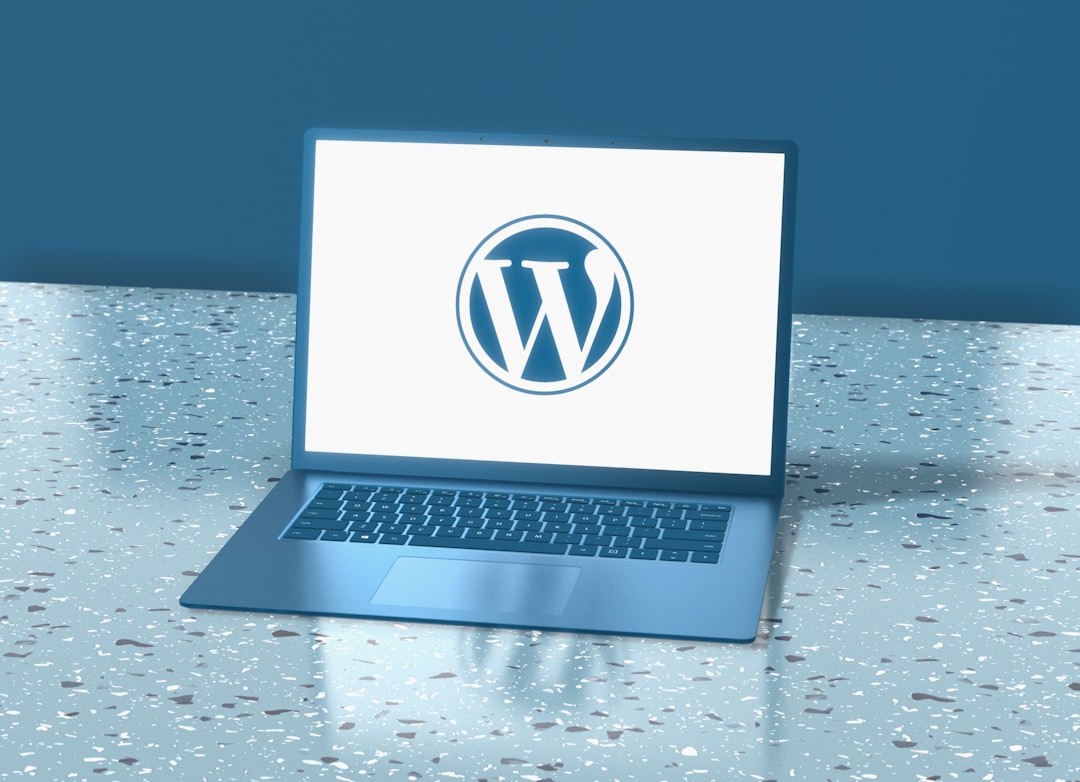If you’ve ever tried updating your WordPress website and noticed a message that says “Briefly Unavailable for Scheduled Maintenance. Check back in a minute.”, you’re not alone. This is a common issue many WordPress users face, especially when something goes wrong during an update. While it’s usually temporary, there are times when the message sticks around much longer than it should. This article will guide you through why this happens and, more importantly, how to fix it quickly and safely.
TL;DR
The “Briefly Unavailable for Scheduled Maintenance” message appears when WordPress enters maintenance mode during updates. It’s meant to disappear once updates are finished, but sometimes a crash, slow server, or interrupted update leaves your site stuck in maintenance mode. You can usually fix it by removing the .maintenance file from your site’s root directory via FTP or your hosting control panel. Prevent future issues by performing updates one at a time and always backing up your site first.
Why Do You See This Message in WordPress?
Whenever you update plugins, themes, or WordPress core software, WordPress automatically enters maintenance mode. This ensures that your website doesn’t break during an incomplete update. During this brief period, WordPress creates a temporary file named .maintenance in your site’s root directory.
Here’s what happens in detail:
- WordPress creates a
.maintenancefile in your site’s root folder. - This file triggers the maintenance mode splash message.
- Once the updates finish, WordPress is supposed to automatically delete the file.
However, if the update is interrupted—due to a timeout, incompatibility, or even a server glitch—WordPress may fail to delete the .maintenance file, leaving your site stuck in that mode indefinitely.

How to Fix the “Briefly Unavailable for Scheduled Maintenance” Message
Fortunately, resolving this issue is straightforward. Below are the steps you can follow to restore your website manually.
Step 1: Access Your Website’s Root Directory
To remove the .maintenance file, you first need access to your WordPress site’s root directory. You can access this using either:
- FTP via a client like FileZilla
- cPanel File Manager provided by your web host
Once you’re in your site’s root directory (commonly called public_html), look for a file named .maintenance. Note that files starting with a dot are hidden on some systems, so ensure hidden files are visible in your client.
Step 2: Delete the .maintenance File
After locating it, simply delete the .maintenance file from your server.
Important: Do not delete any other files unless you know what they do. Deleting incorrect files can break your website further.
Once the file is deleted, refresh your website. In most cases, your site should be back to normal.
Step 3: Check for Failed Updates
It’s a good idea to verify whether the plugin, theme, or WordPress core update completed successfully. Sometimes, the update was only partially applied.
- Log in to your WordPress admin dashboard.
- Navigate to Dashboard > Updates.
- Look for any incomplete or failed updates and try reinstalling them one by one.
What Causes the Maintenance Mode to Get Stuck?
In most cases, this is caused by a delayed or interrupted update process. Let’s break down some of the most common reasons:
- Slow Hosting Server: If your server is underpowered or experiencing high traffic, the script may time out before cleanup occurs.
- Incompatible Plugins or Themes: Conflicts between themes and plugins can cause updates to fail.
- Multiple Updates at Once: Updating too many components at the same time can overwhelm your server.
- Browser Timeout or User Action: Closing the browser mid-update or navigating away from the update screen may interrupt the process.
Knowing the cause can help you prevent it from occurring again in the future.

Best Practices to Prevent This Problem
While fixing the issue is usually simple, it’s better to prevent it from happening in the first place. Here are some best practices:
1. Always Backup Before Updating
Use a reliable backup plugin or your hosting provider’s backup tool to save your site’s database and files before any update. This safety net will allow you to restore your site in case anything goes wrong.
2. Perform One Update at a Time
It’s tempting to update everything all at once, but staggering updates gives you better control and helps isolate issues if something breaks.
3. Monitor Server Performance
If your hosting provider is consistently slow, it might be time to upgrade your plan or switch providers. A better server environment will reduce the risk of timeout-related errors.
4. Use Maintenance Mode Plugins Carefully
Some plugins offer maintenance mode features, but using them carelessly can cause conflicts. Always test them thoroughly and disable them before major updates.
5. Schedule Updates During Low Traffic Hours
Doing updates during off-peak times minimizes the chance of site visitors being affected in case something goes wrong.
What If Deleting the .maintenance File Doesn’t Work?
If you’ve deleted the .maintenance file and your site is still not functioning correctly, here are additional steps to consider:
Enable Debugging in WordPress
You can enable debugging by editing your wp-config.php file:
define('WP_DEBUG', true);
define('WP_DEBUG_LOG', true);
define('WP_DEBUG_DISPLAY', false);This will log any PHP errors to a file called debug.log in the wp-content directory, helping you identify what’s going wrong.
Deactivate All Plugins Temporarily
If a plugin is causing the maintenance mode to persist, you can rename the plugins folder (inside wp-content) to something else temporarily, like plugins-deactivated. This will deactivate all plugins; you can then activate them one by one from your admin dashboard to find the culprit.
Contacting Support
If these fixes do not resolve the problem, it may be time to contact your hosting provider or a professional WordPress developer. Explain the steps you’ve already taken; it will help them troubleshoot faster and more effectively.
Conclusion
The “Briefly Unavailable for Scheduled Maintenance” message in WordPress is usually not a serious issue, but it can be alarming if you don’t know what caused it. Fortunately, the fix is straightforward: remove the .maintenance file, check for failed updates, and take precautions to avoid future hiccups. By following this guide, you’ll ensure your WordPress site remains stable, secure, and accessible—even during critical updates.
Stay informed, take your time during updates, and never underestimate the importance of a solid backup strategy. This way, you’ll be ready for anything WordPress throws your way.

